IFRA Classes 1 and 6
IFRA Classes 1 and 6 IFRA Classes 1 and 6 have an additional requirement – due to the possibility of ingestion, the materials used in the fragrance must also be approved for use in food. IFRA advise this means ‘that all ingredients should be listed as having “no safety concern”, for example by the Joint FAO/WHO Expert Committee on Food Additives (JECFA) and/or as Generally Recognized As Safe (GRAS) in accordance with the US Federal Food, Drug and Cosmetic Act’. When...





















